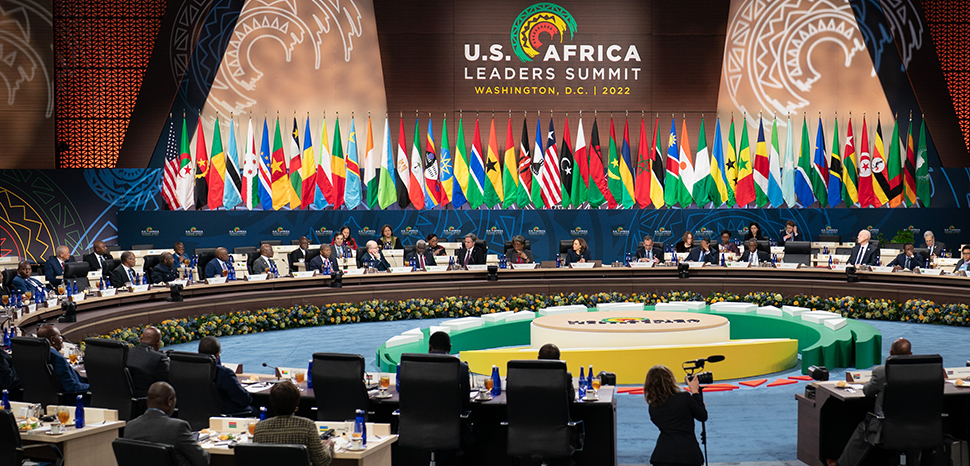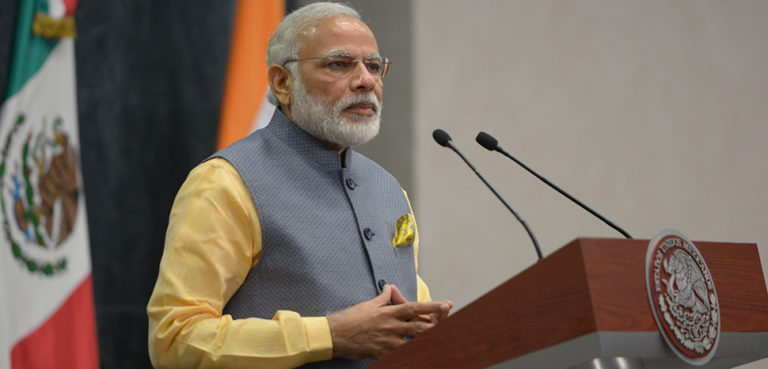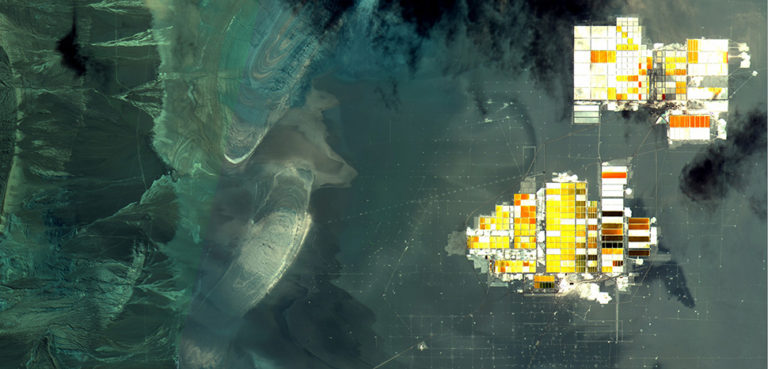Launched a decade ago, China’s Road and Belt Initiative is a colossal infrastructure and economic development project spanning across Asia, Europe, and Africa. To date, 52 African governments signed Memorandums of Understanding (MoU) with China regarding the BRI and the initiative has translated into billions of dollars invested in the construction of roads, ports, railways, and other critical infrastructure. These projects are not only enhancing connectivity within the continent but also providing China with unprecedented access to Africa’s vast mineral wealth, particularly in countries like Zambia and the Democratic Republic of Congo (more than 80% of copper mines in the DRC for instance are already Chinese-owned), which boast abundant reserves of copper and other essential minerals. Overall, China has spent more than a trillion dollars in projects at least partly intended to secure the supply of resources key to the energy transition.
In an attempt to counter this influence, the US is injecting millions into the Lobito Corridor project. Indeed, sourcing the metals to fuel the energy transition remains a headache for Western countries. The commodity trade consortium Trafigura asserts that the Lobito Atlantic Railway will “provide a quicker western route to market for metal and minerals produced in the Democratic Republic of Congo.” The project entails the construction of approximately 550 km of rail line in Zambia, from the Jimbe border to Chingola in the Zambian copper belt, along with 260 km of feeder roads within the corridor. Moving those valuable resources from the Central African copper belt to Western markets is key for the US and Europe, particularly as the energy transition unfolds.
Earlier this year, President Joe Biden’s administration unveiled plans to invest in a new railway project that will link the copper-rich regions of Zambia and the Democratic Republic of Congo to the Angolan port of Lobito. With the 120-year-old Benguela railway, the US plans for the resources to go west (through the Lobito Corridor) rather than the traditional eastern route via the Dar El Salaam port. The railway hopes to connect to the port in Lobito, ensuring smooth traffic flow and establishing a significant trade route from the Congolese copper belt to the Atlantic Ocean. Additionally, the improved railway line will facilitate the transportation of essential goods and resources into the region, fostering business development and commercial activities. In September, on the margins of the G20 in India, the US and the EU teamed up to launch feasibility studies for a new greenfield rail line expansion between Zambia and Angola.
The significance of this railway project cannot be overstated, nor can its timeliness. Chinese FDI in Africa remains much higher than Western nations, particularly as Beijing demonstrated both intent and financial capability to loan vast amounts of cash to African countries since 2013. Yet that competitive edge has shrunk in recent years. An economic slowdown post-pandemic and weakening lending capabilities have caused BRI-related investment to fall from a peak at $125 billion in 2015 to $70 billion in 2022 according to Fudan University. And due to increasing concerns about the risk of debt distress in various African nations and internal economic challenges in Beijing, the Chinese government has decided to halt funding for energy projects in Africa. This has led to a significant decline in lending to the continent, bringing it to below US$1 billion, the lowest in approximately two decades.
Aligned with Washington’s soft-power strategy in Africa, the project also reflects a broader geopolitical intent to strengthen ties with African nations. By investing in infrastructure projects, the US aims to foster economic development, create job opportunities, and build lasting partnerships that can serve both African nations and US interests, as highlighted by the visit of US VP Kamala Harris to no less than three African countries (Ghana, Tanzania and Zambia) in 2023.
While the US initiative is a step in the right direction, it faces numerous challenges. China’s head start in Africa, both in terms of established infrastructure and diplomatic relationships, poses a significant hurdle. The Belt and Road Initiative has already ingrained China as a reliable partner for African nations in need of infrastructure development, and the US must work diligently to build similar trust. Moreover, geopolitical complexities, historical ties, and regional dynamics must be carefully navigated by the United States. African nations, mindful of their sovereignty and national interests, are likely to pursue a balanced approach in engaging with both China and the US. For African leaders, the question is less regarding what the US or China can get out of those deals, but more about what Africa can get out of its resources.
As the US embarks on its ambitious railway project in Africa to counter China’s Belt and Road Initiative, the stakes are high. While the challenges are formidable, the investment signals a renewed American commitment to actively engage with Africa, recognizing its growing importance in the global geopolitical landscape. Whether the US can catch up with China’s well-established presence remains uncertain, but the competition for influence in Africa will undoubtedly shape the future trajectory of international relations. The success of the US endeavor hinges on its ability to navigate the complexities of the African continent, build trust with local partners, and deliver tangible benefits that align with the aspirations of African nations
Global and regional organizations are also chipping in the project, as the push to secure the minerals key to the green transition grows. In October, the African Development Bank (AfDB) joined global partners to raise financing for the $16 billion Multinational Lobito Transportation Corridor Programme. The AfDB’s involvement underscores the importance of collaboration in securing funding for large-scale infrastructure projects that can drive economic development and regional integration in Africa. The World Bank also got involved through a $300 million “Accelerating Economic Diversification and Job Creation Project” which will directly link to the Lobito Corridor. Notably, the organization hadn’t financed an infrastructure project in Africa since 2002.
In conclusion, Beijing has more than a head start on Western powers and regional financial institutions regarding investment in African infrastructure. Residents of Lagos, Kinshasa or Addis Ababa now transit daily via infrastructure that was most likely built by Chinese construction firms, through Chinese loans. Now, economic headwinds and financial woes in Beijing are creating new opportunities for the US, Europe, and G7 countries to narrow the gap. Nevertheless – and despite US efforts to counter Chinese overseas development funding – it is unlikely that a slowdown in project funding will mean that the West will take the lead in infrastructure projects, particularly given African nations’ intent to create and retain value within the continent.
*This article was originally published on November 13, 2023.




